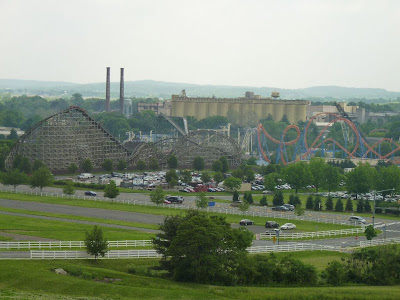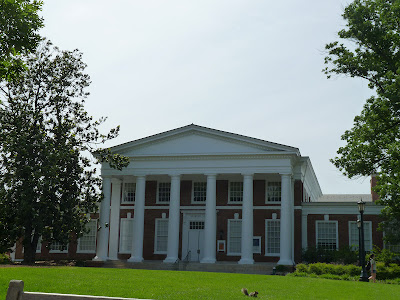 | |
 |
 |
| Many of the stalls were run by the Amish. |
 |
| Next day we went to Hershey's Chocolate World which really is very interesting. |
 |
| We took a little train ride around to see how chocolate is made. These gorgeous girls were part of it. |
 |
| This is Milton's home. Quite modest really. |
 |
| This is the magnificent hall at the school. It is based on the Pantheon. By the way, Milton Hershey also donated heavily to the local high school so everyone around had equal opportunities. |
 |
| The marble floor. |
 |
| This is one of the hundreds of lovely houses in which the the children from different states live. They have about six to eight children, with two house parents. |




















































